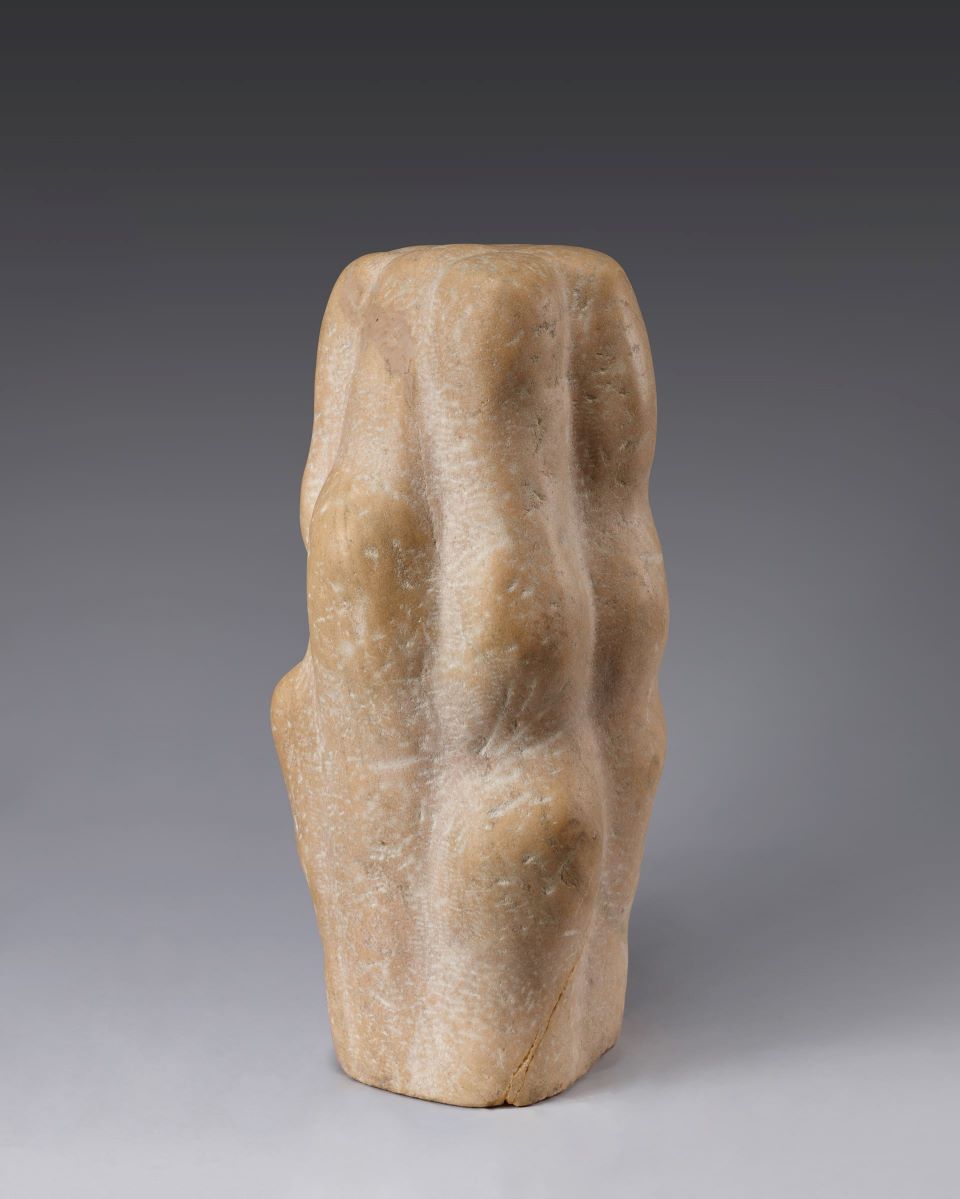
Kim Chongyung, Work, 1965, Marble, 65×33×33cm. MMCA
Modern and Contemporary Sculpture
* Source: Multilingual Glossary of Korean Art. Korea Arts Management Service
Related
-

Korean Contemporary Sculpture Society
An art organization formed in 1969 by alumni of the Hongik University Department of Sculpture, including Kim Chanshik, Choi Kiwon, Kim Youngjung, Lee Seung-taek, Park Suk-won, and Cho Sungmook. The society advocated for “a site of the new generation, a turbulent globality,” and it sought to experiment with sculpture using different styles and content to reflect the changes of the time. After the inaugural exhibition 1969 at Press Center of Korea Gallery, the group held one or two exhibitions each year, choosing a young artist and providing support so that he or she may hold an exhibition.
-
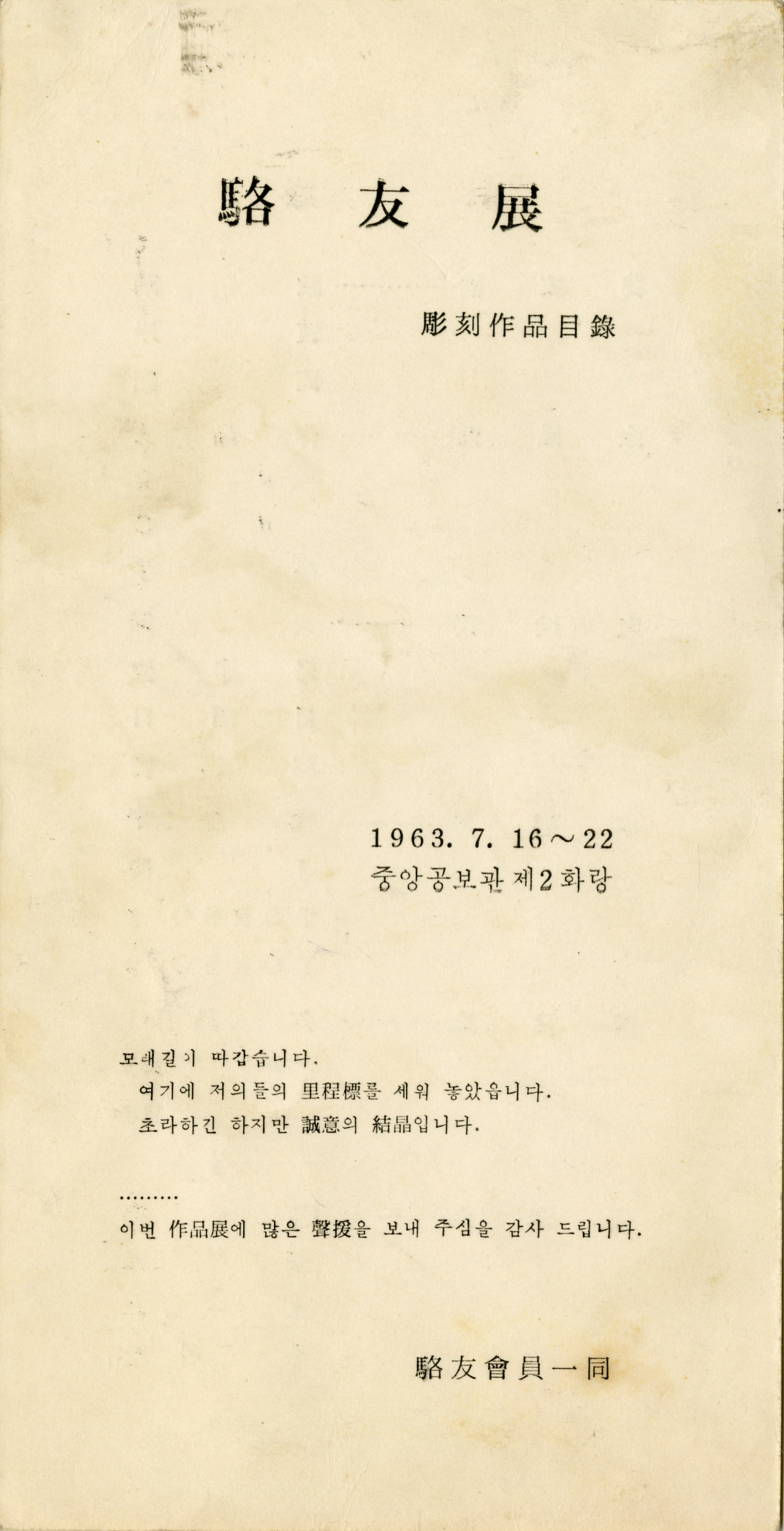
Nakwoo Sculptors Society
A group formed in 1963 by sculptors who were alumni of the Seoul National University College of Fine Arts. The name “Nakwoo” combines “Nak” from Naksan, a mountain behind the college building in Dongsung-dong, and “Woo (éÒ),” which means friend. The group began accepting sculptors who were not alumni of Seoul National University in 1984, and the name changed to the Nakwoo Sculptural Society.
-
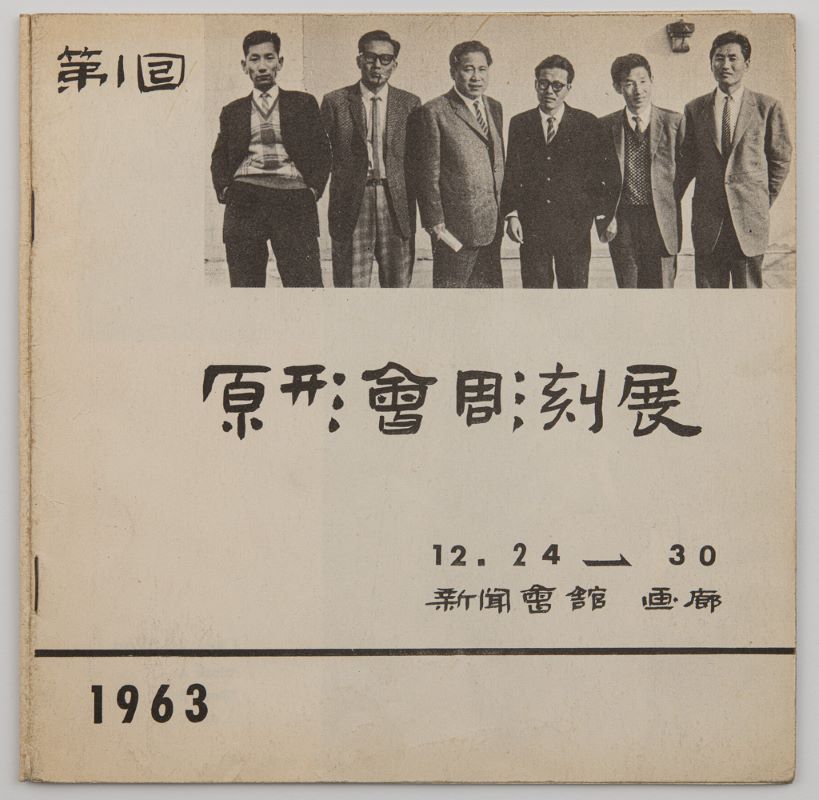
Won-hyung Club
A group formed in by 1963 by established sculptors who were all alumni of Seoul National University and Hongik University, and advocated a “sculptural philosophy of avant-garde action.” The membership consisted of artists such as Kang Taisung, Kim Youngjung, Kim Younghak, Kim Chanshik, Park Chongbae, Oh Jong-uk, Lee Seung-taek, Chun Sangbum, Cho Sungmook, and Choi Kiwon. The group held its inaugural exhibition in 1963 at the Sinmunhoegwan Gallery, and participated in the Joint Exhibition of Korean Contemporary Sculpture (held in 1970 at the National Museum of Modern and Contemporary Art) alongside the Nakwoo Sculptors Society, the 3rd Sculptors Society, and the Korean Modern Sculptors Society.
Find More
-
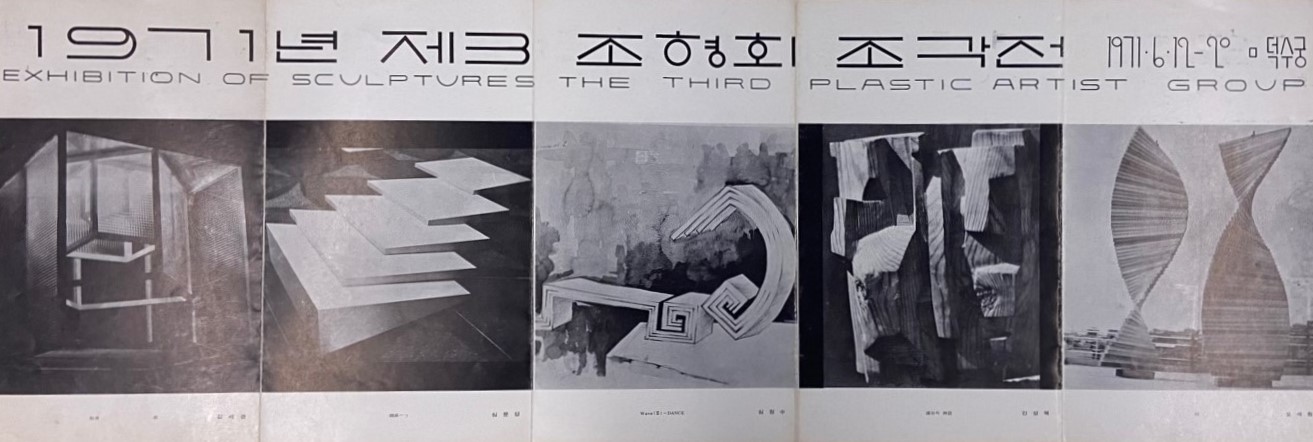
Third Sculpture Society
The Third Sculpture Society was organized by a group of sculptors that were Seoul National University alumni in 1969. Kim Sekyung, Son Pilyeong, Shim Moon-seup, Shim Jungsoo, Ahn Sungbok, Oh Sewon, Jang Dosu, Jang Jeongnam, Jeon Jun, Choe Myeongryong, Han Giok, and Hwang Inu were the founding members. The group hosted an inaugural exhibition at Sinmun Hall from August 9 to 15, 1969. The group claimed that “We do not pursue any -ism or ideologies but rather an independent art world based on an author’s own content and style.” For this, they used diverse materials, such as plastic, sponge, and marble. They orchestrated an outdoor exhibition in Deoksugung Palace garden from June 12th to 20th, 1971 before they disbanded.
-
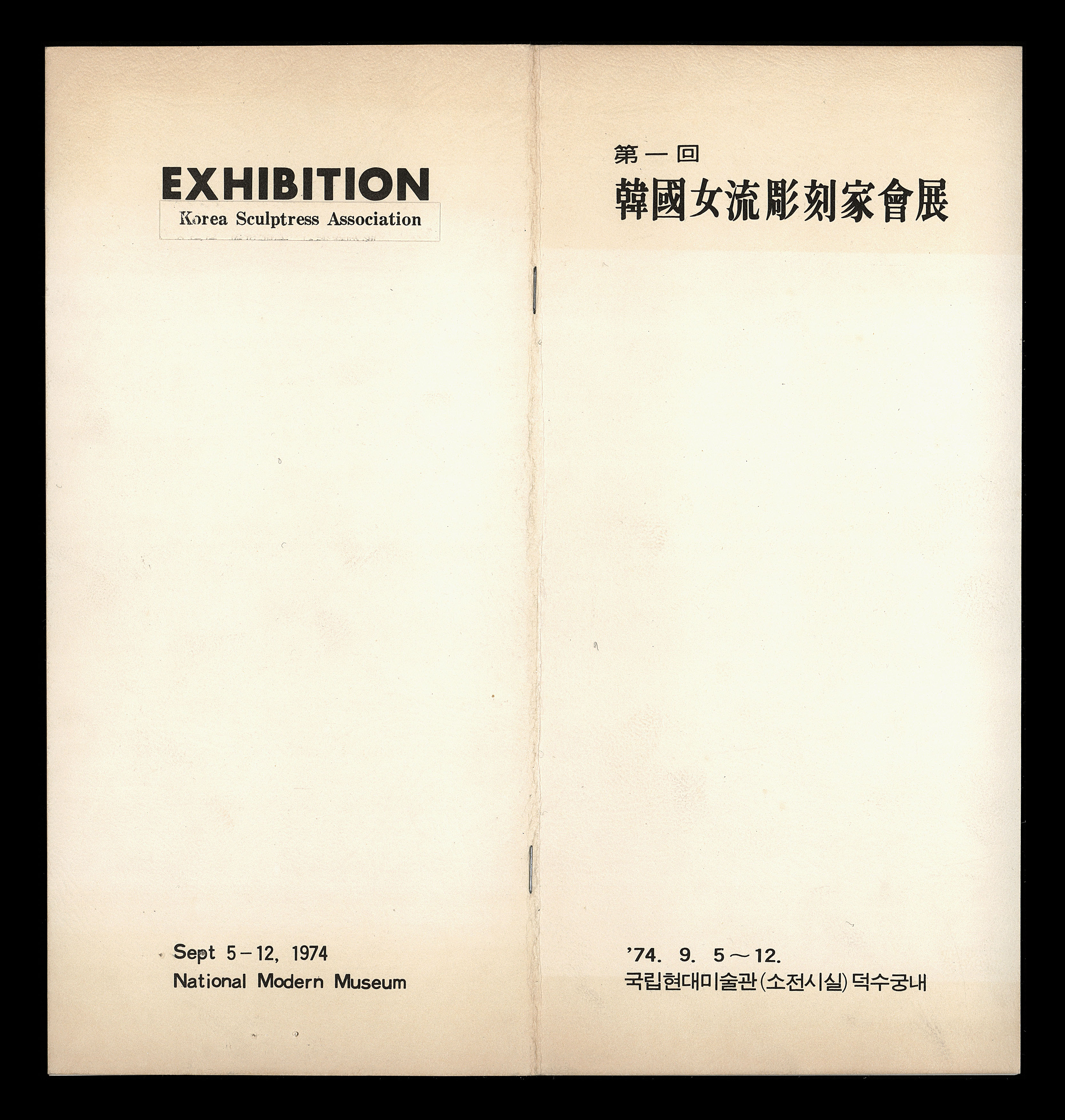
Korean Sculptress Association
An organization established in 1974, for the purpose of nurturing the creativity and protecting the rights of Korean women sculptors and contributing to the development of modern sculpture in Korea. The inaugural exhibition was held in 1974 at the National Museum of Modern and Contemporary Art and the 33 artists that were featured included sculpture majors from Ewha Womans University, Seoul National University, and Hongik University. The goal of the group was to overcome the passive, self-limiting attitudes of women sculptors and to expand the sphere of their activities by building solidarity among women sculptors in a male-dominated field. Key members include Kang Bogyeong, Kang Seungju, Kim Gyeongmin, Kim Munyeong, Kim Sunim, Kim Yeon, Kim Jeongmi, Shin Eunsuk, Oh Gwiwon, Lee Saena, and Choi Eunjeong. The group continues today and holds annual exhibitions, invitationals, international exhibitions, and seminars.
-
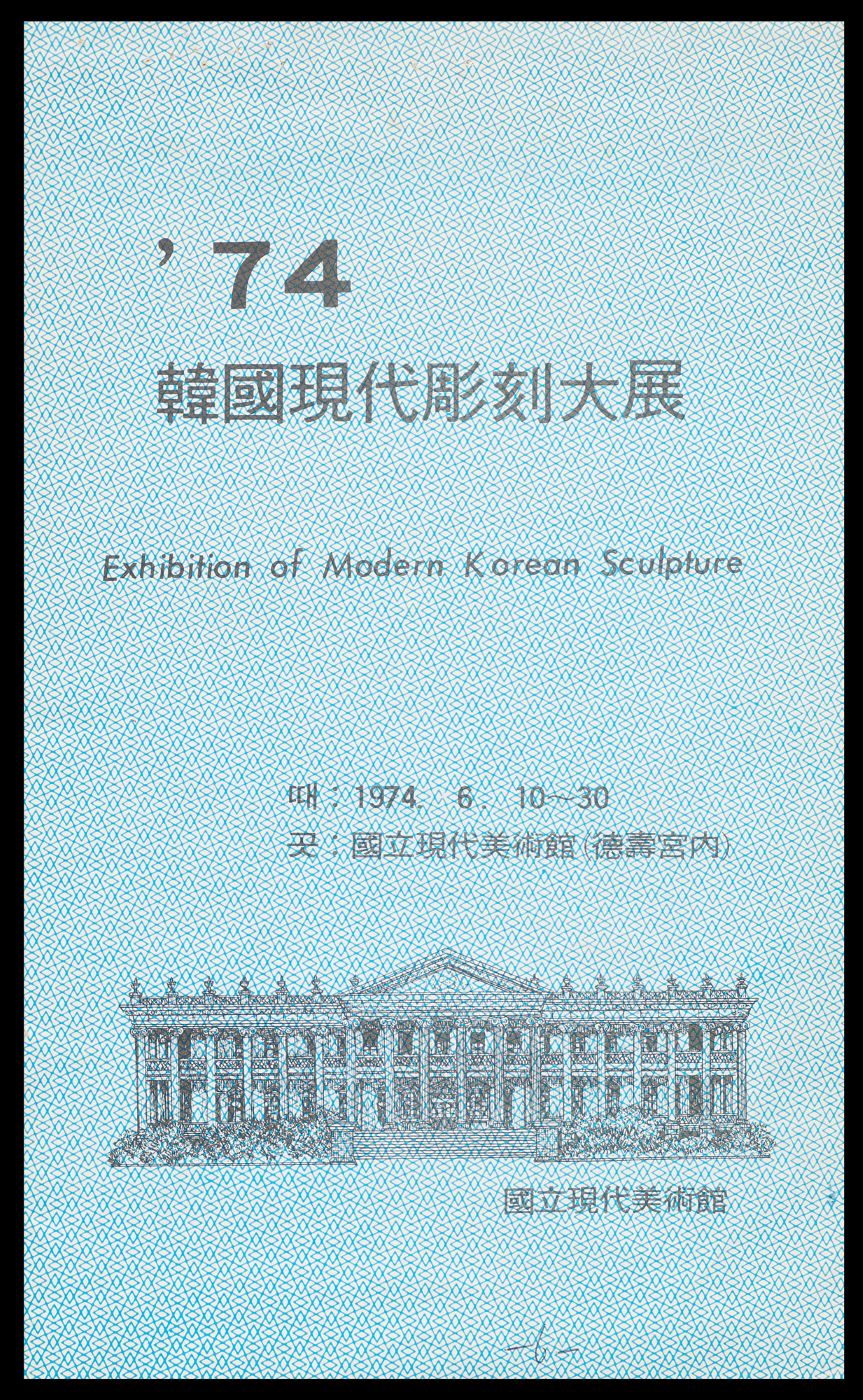
Modern Korean Art Exhibition
The Modern Korean Art Exhibition was organized by the National Museum of Modern Art, Korea (now MMCA) from 1974 through 1978 with the intention of chronicling the history of contemporary art by genre. Starting with the Exhibition of Modern Korean Sculpture (June 10–30, 1974), it was held annually for five years, the Modern Korean Crafts Grand Exhibition (July 9–27, 1975), the Modern Korean Art Exhibition: Eastern Paintings (June 16–July 15, 1976), the Modern Korean Western Painting Exhibition (March 14–April 2, 1977), and the Modern Korean Art Exhibition: Calligraphy, Architecture, and Photography (June 16–September 15, 1978). Over the course of five editions of the Modern Korean Art Exhibition, some 900 artists were introduced, and a large number of works were discovered or revisited. In conjunction with each edition, the MMCA published a series of Hanguk hyeondae misulsa (The history of Korean contemporary art), starting with sculpture written by Yoo Geunjun in 1974 and continuing with crafts by Lee Kyungsung in 1975, Eastern painting by Lee Gu-yeol in 1976, Western painting by Oh Kwang-su and Yu Jun-sang in 1977, architecture by Yun Ilju and Kang Myeong-gu in 1978, photography by Yook Myoungshim and Choe Injin in 1979, and calligraphy by Yim Changsun, Lee Gu-yeol, and Lee Heungu in 1981. This series of publications laid the foundation for art history research in each field. In particular, Lee Gu-yeol and Oh Kwang-su published additional and revised versions of their book Hanguk hyeondae misulsa to release Geundae hangukhwaui heureum (The flow of dodern Korean painting) (Lee Gu-yeol, Mijinsa, 1984) and Hanguk hyeondae misulsa: 1900nyeon ihuui hanguk misurui jeongae (Korean contemporary art history: Development of Korean Art after 1900" (Oh Kwang-su, Yeolhwadang, 1979). As basic research materials, they exerted considerable influence upon the study of art history in their respective fields. The MMCA’s holding of the Modern Korean Art Exhibition and its publication of art history books demonstrate the important role of the collaboration with national public museums in the study of Korean contemporary art history.






